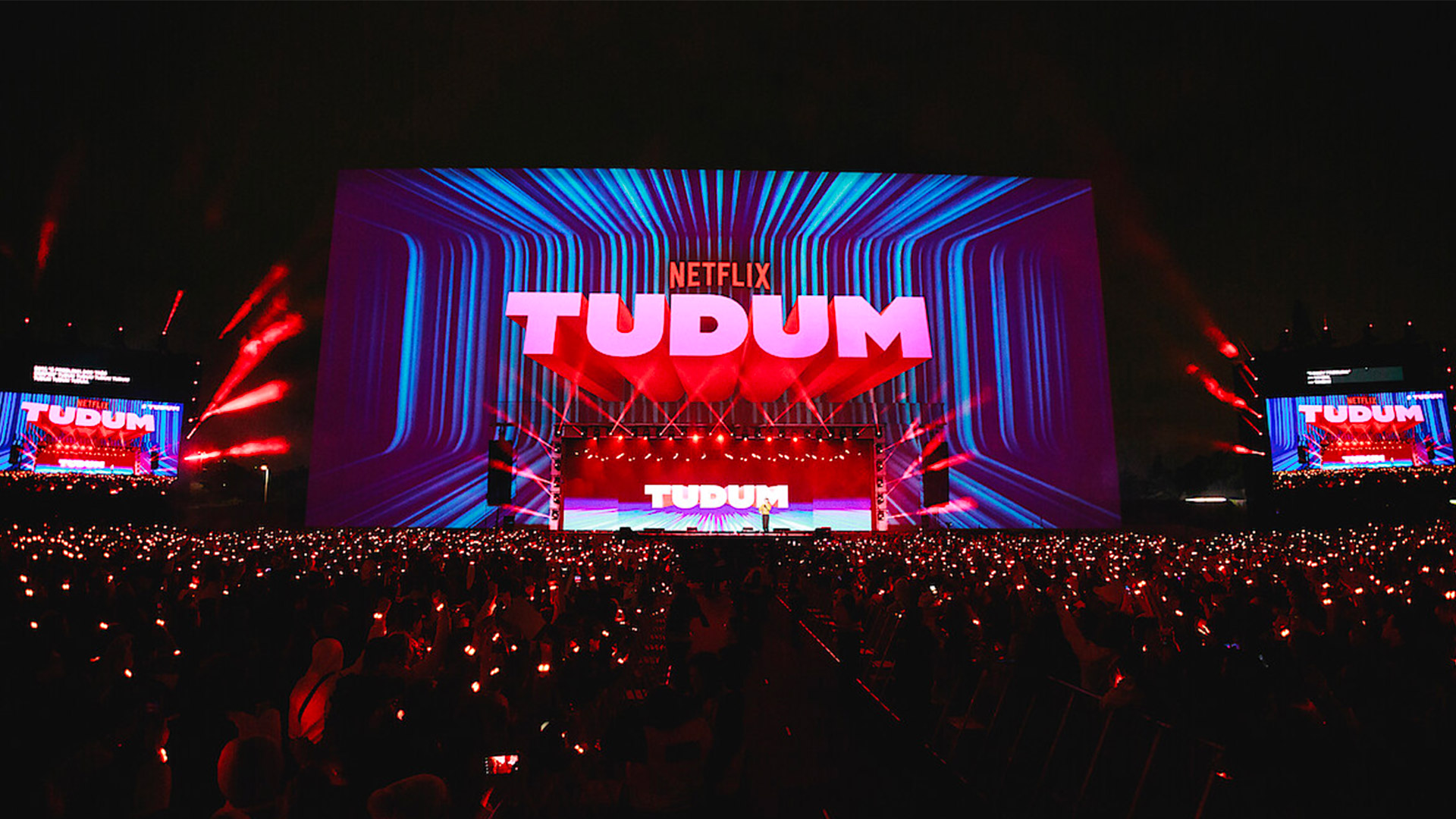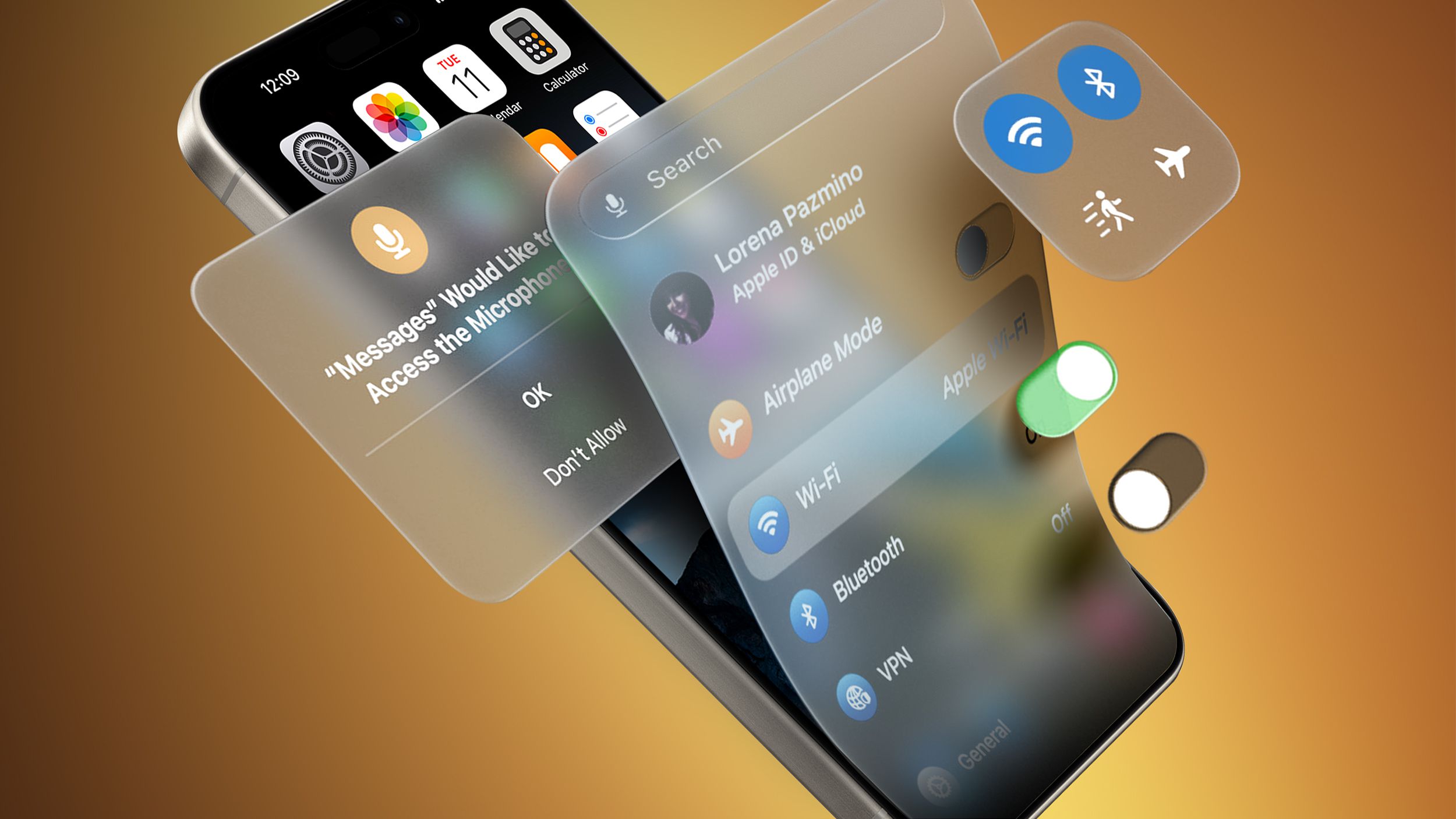WebSocket Broadcasting with hyperlane The hyperlane framework natively supports the WebSocket protocol. Developers can handle WebSocket requests through a unified interface without dealing with protocol upgrades manually. This article demonstrates how to implement both point-to-point and broadcast messaging on the server side using hyperlane, along with a simple WebSocket client example. Framework Feature Highlights The hyperlane framework supports the WebSocket protocol with automatic server-side protocol upgrading. It also offers features such as request middleware, routing, and response middleware. Note: WebSocket responses must be sent using the send_response_body method. Using send_response will cause client-side parsing to fail, as it does not format the response according to the WebSocket protocol. Server: Point-to-Point Example In this example, the server simply echoes back the data received from the client using WebSocket. pub async fn handle(ctx: Context) { let request_body: Vec = ctx.get_request_body().await; let _ = ctx.send_response_body(request_body).await; } Server: Broadcast Example In broadcast mode, multiple client connections share a single message channel. Messages sent by any client will be broadcasted to all connected clients. Important Notes Broadcasting is implemented using hyperlane-broadcast. Use tokio::select to simultaneously listen for incoming client messages and new data on the broadcast channel. If enable_inner_websocket_handle is not enabled, clients must send at least one message (even an empty one) after connecting to start receiving broadcasts. When enabled, the connection is considered ready to receive broadcasts as soon as it's established. Example Code static BROADCAST_CHANNEL: OnceLock = OnceLock::new(); fn ensure_broadcast_channel() -> Broadcast { BROADCAST_CHANNEL .get_or_init(|| Broadcast::default()) .clone() } pub async fn handle(ctx: Context) { if ctx.get_stream().await.is_none() { ctx.aborted().await; return; } let broadcast: Broadcast = ensure_broadcast_channel(); let mut receiver: BroadcastReceiver = broadcast.subscribe(); loop { tokio::select! { request_res = ctx.websocket_request_from_stream(10000) => { if request_res.is_err() { break; } let request = request_res.unwrap_or_default(); let body: RequestBody = request.get_body().clone(); if broadcast.send(body).is_err() { break; } }, msg_res = receiver.recv() => { if let Ok(msg) = msg_res { if ctx.send_response_body(msg).await.is_err() || ctx.flush().await.is_err() { break; } } } } } } Client Example (JavaScript) The following is a browser-based WebSocket client. It sends the current time to the server every second and logs broadcast messages received from the server. const ws = new WebSocket('ws://localhost:60000/websocket'); ws.onopen = () => { console.log('WebSocket opened'); setInterval(() => { ws.send(`Now time: ${new Date().toISOString()}`); }, 1000); }; ws.onmessage = (event) => { console.log('Receive: ', event.data); }; ws.onerror = (error) => { console.error('WebSocket error: ', error); }; ws.onclose = () => { console.log('WebSocket closed'); }; Conclusion With hyperlane, building real-time WebSocket-based services becomes straightforward. You don’t need to manage the handshake or protocol intricacies manually. The unified send_response_body interface allows handling WebSocket messages in the same way as HTTP responses, greatly simplifying the development process.

WebSocket Broadcasting with hyperlane
The hyperlane framework natively supports the WebSocket protocol. Developers can handle WebSocket requests through a unified interface without dealing with protocol upgrades manually. This article demonstrates how to implement both point-to-point and broadcast messaging on the server side using hyperlane, along with a simple WebSocket client example.
Framework Feature Highlights
The
hyperlaneframework supports the WebSocket protocol with automatic server-side protocol upgrading. It also offers features such as request middleware, routing, and response middleware.Note: WebSocket responses must be sent using the
send_response_bodymethod. Usingsend_responsewill cause client-side parsing to fail, as it does not format the response according to the WebSocket protocol.
Server: Point-to-Point Example
In this example, the server simply echoes back the data received from the client using WebSocket.
pub async fn handle(ctx: Context) {
let request_body: Vec<u8> = ctx.get_request_body().await;
let _ = ctx.send_response_body(request_body).await;
}
Server: Broadcast Example
In broadcast mode, multiple client connections share a single message channel. Messages sent by any client will be broadcasted to all connected clients.
Important Notes
- Broadcasting is implemented using
hyperlane-broadcast.- Use
tokio::selectto simultaneously listen for incoming client messages and new data on the broadcast channel.- If
enable_inner_websocket_handleis not enabled, clients must send at least one message (even an empty one) after connecting to start receiving broadcasts.- When enabled, the connection is considered ready to receive broadcasts as soon as it's established.
Example Code
static BROADCAST_CHANNEL: OnceLock<Broadcast<ResponseBody>> = OnceLock::new();
fn ensure_broadcast_channel() -> Broadcast<ResponseBody> {
BROADCAST_CHANNEL
.get_or_init(|| Broadcast::default())
.clone()
}
pub async fn handle(ctx: Context) {
if ctx.get_stream().await.is_none() {
ctx.aborted().await;
return;
}
let broadcast: Broadcast<ResponseBody> = ensure_broadcast_channel();
let mut receiver: BroadcastReceiver<Vec<u8>> = broadcast.subscribe();
loop {
tokio::select! {
request_res = ctx.websocket_request_from_stream(10000) => {
if request_res.is_err() {
break;
}
let request = request_res.unwrap_or_default();
let body: RequestBody = request.get_body().clone();
if broadcast.send(body).is_err() {
break;
}
},
msg_res = receiver.recv() => {
if let Ok(msg) = msg_res {
if ctx.send_response_body(msg).await.is_err() || ctx.flush().await.is_err() {
break;
}
}
}
}
}
}
Client Example (JavaScript)
The following is a browser-based WebSocket client. It sends the current time to the server every second and logs broadcast messages received from the server.
const ws = new WebSocket('ws://localhost:60000/websocket');
ws.onopen = () => {
console.log('WebSocket opened');
setInterval(() => {
ws.send(`Now time: ${new Date().toISOString()}`);
}, 1000);
};
ws.onmessage = (event) => {
console.log('Receive: ', event.data);
};
ws.onerror = (error) => {
console.error('WebSocket error: ', error);
};
ws.onclose = () => {
console.log('WebSocket closed');
};
Conclusion
With hyperlane, building real-time WebSocket-based services becomes straightforward. You don’t need to manage the handshake or protocol intricacies manually. The unified send_response_body interface allows handling WebSocket messages in the same way as HTTP responses, greatly simplifying the development process.














































































































































































![[The AI Show Episode 150]: AI Answers: AI Roadmaps, Which Tools to Use, Making the Case for AI, Training, and Building GPTs](https://www.marketingaiinstitute.com/hubfs/ep%20150%20cover.png)
![[The AI Show Episode 149]: Google I/O, Claude 4, White Collar Jobs Automated in 5 Years, Jony Ive Joins OpenAI, and AI’s Impact on the Environment](https://www.marketingaiinstitute.com/hubfs/ep%20149%20cover.png)













































































































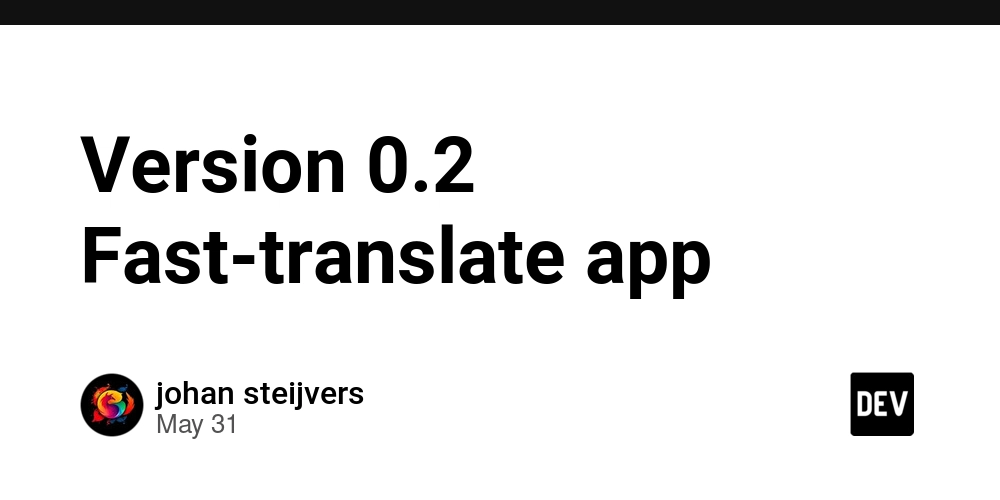












![[FREE EBOOKS] Solutions Architect’s Handbook, The Embedded Linux Security Handbook & Four More Best Selling Titles](https://www.javacodegeeks.com/wp-content/uploads/2012/12/jcg-logo.jpg)




![How to Survive in Tech When Everything's Changing w/ 21-year Veteran Dev Joe Attardi [Podcast #174]](https://cdn.hashnode.com/res/hashnode/image/upload/v1748483423794/0848ad8d-1381-474f-94ea-a196ad4723a4.png?#)


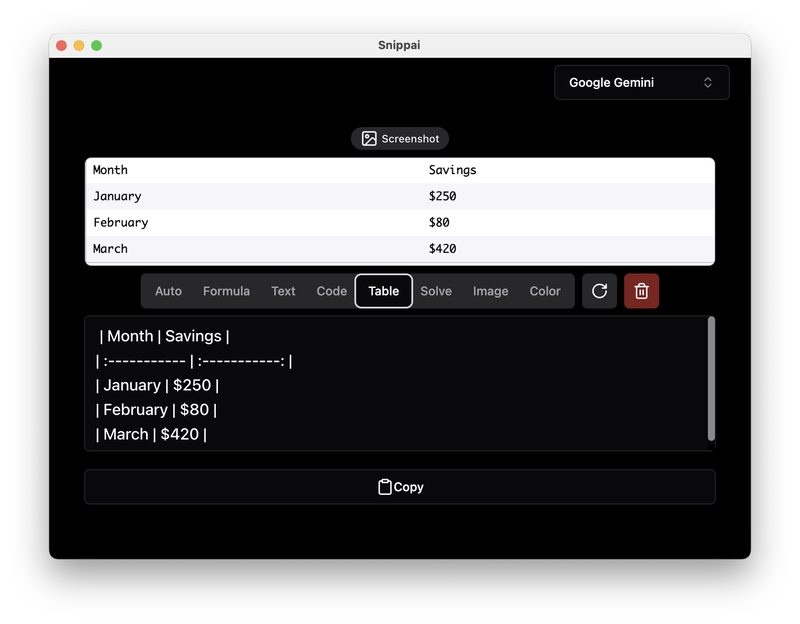
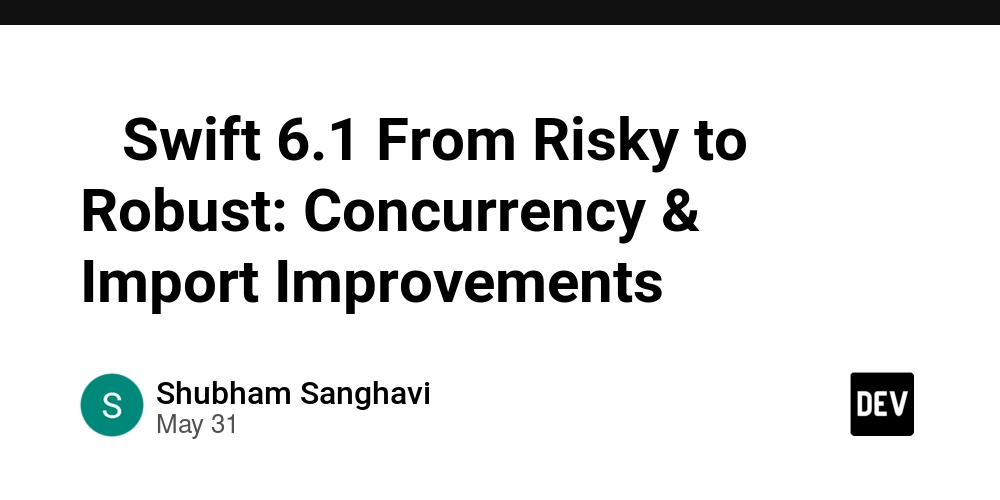



































































































































_ArtemisDiana_Alamy.jpg?width=1280&auto=webp&quality=80&disable=upscale#)








































































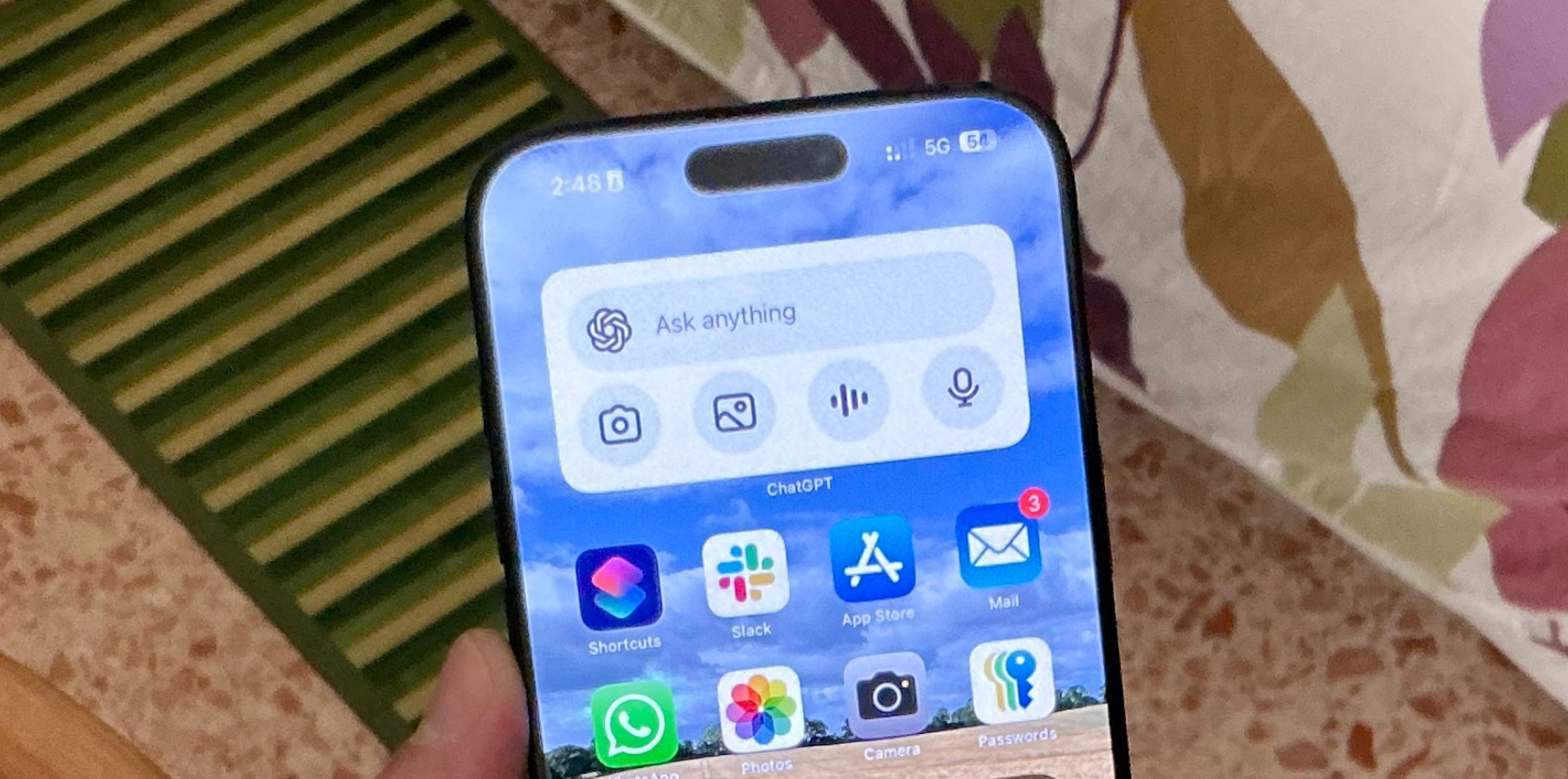

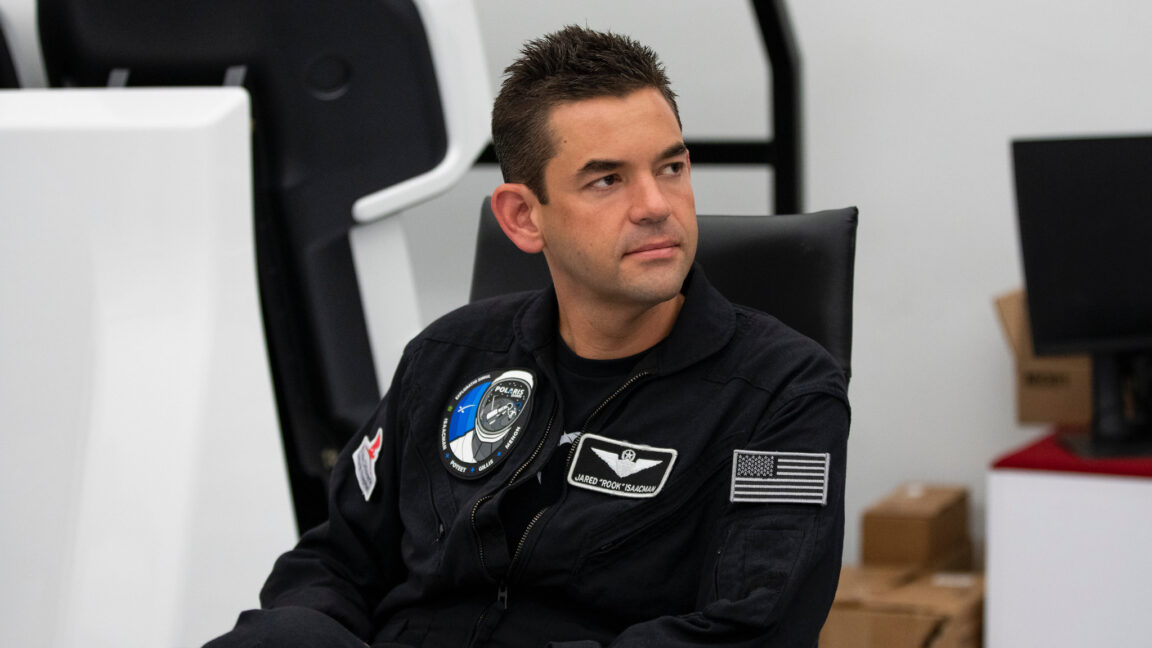






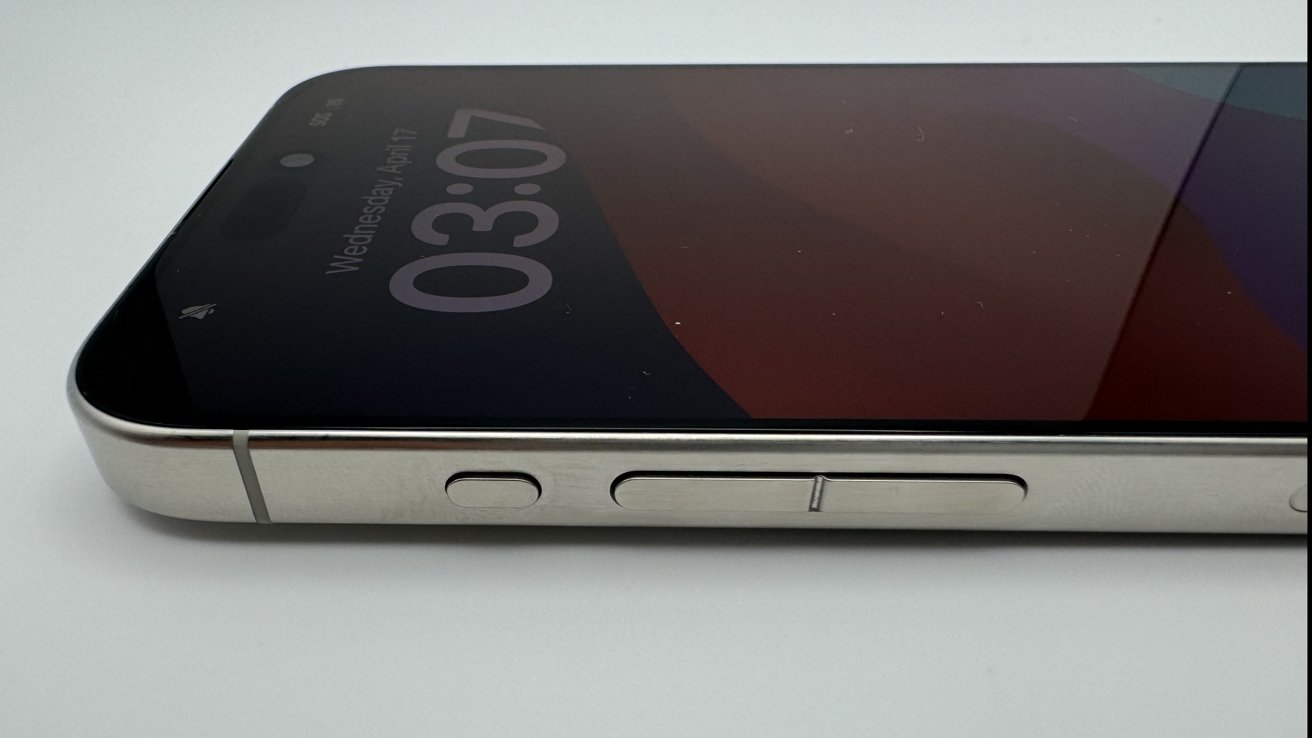

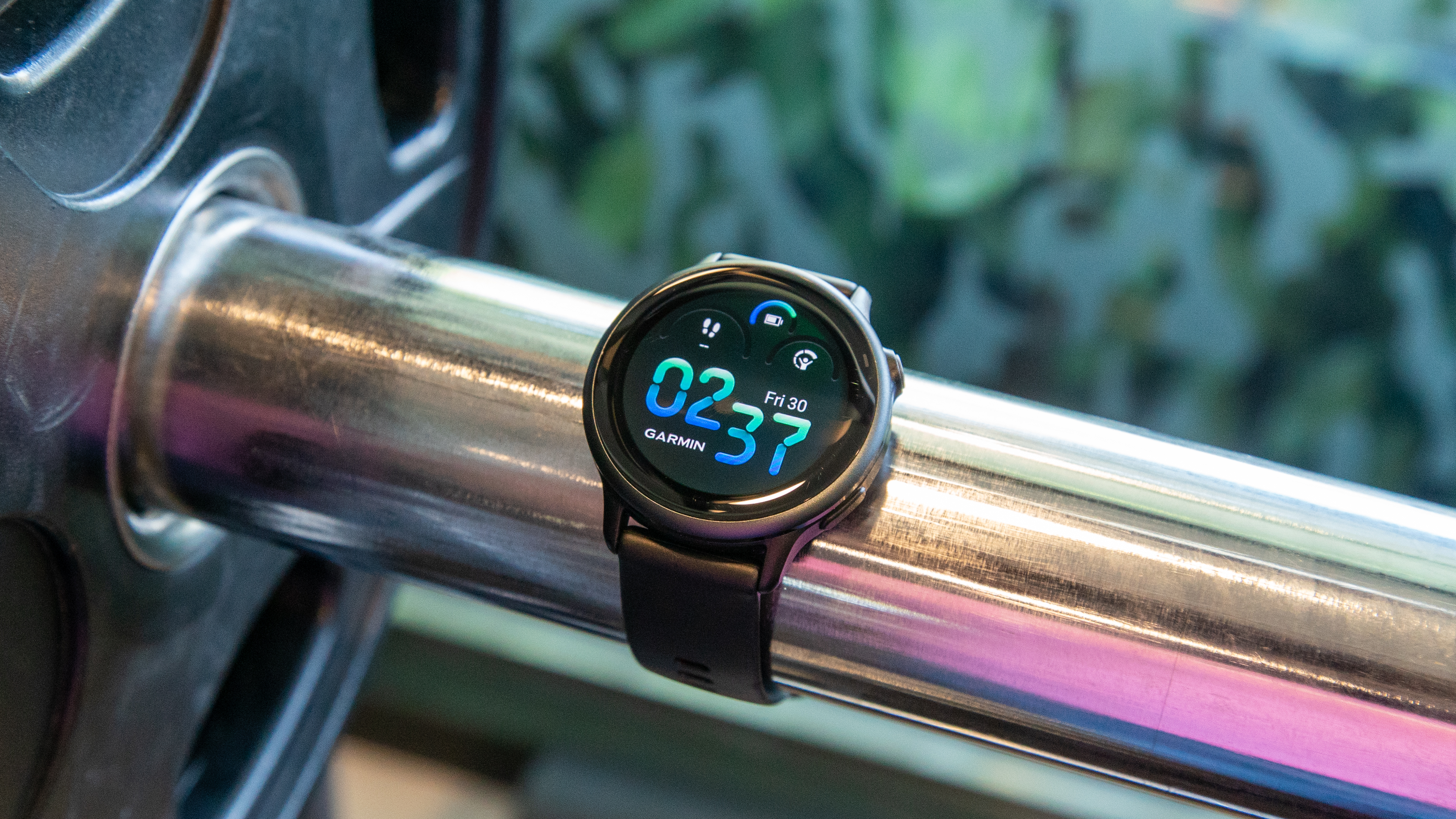



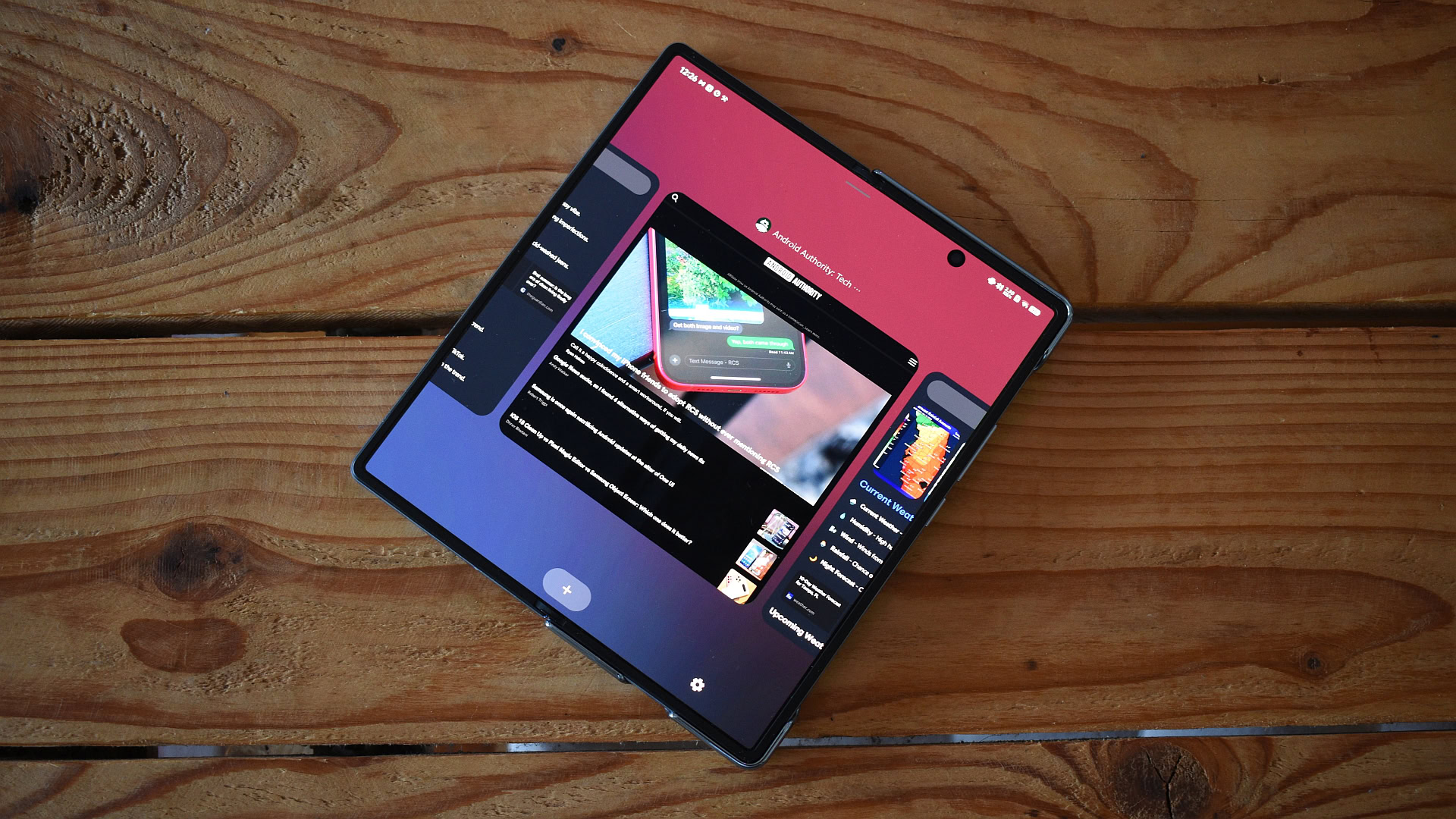



















![Sonos Father's Day Sale: Save Up to 26% on Arc Ultra, Ace, Move 2, and More [Deal]](https://www.iclarified.com/images/news/97469/97469/97469-640.jpg)


![Apple 15-inch M4 MacBook Air On Sale for $1023.86 [Lowest Price Ever]](https://www.iclarified.com/images/news/97468/97468/97468-640.jpg)

















